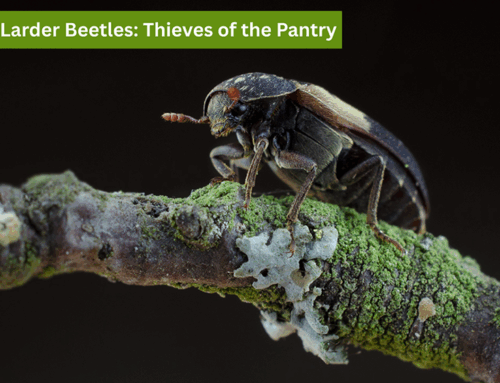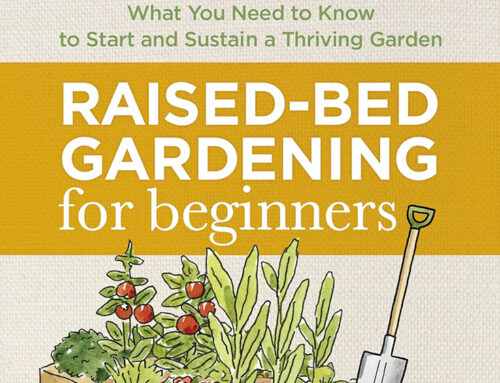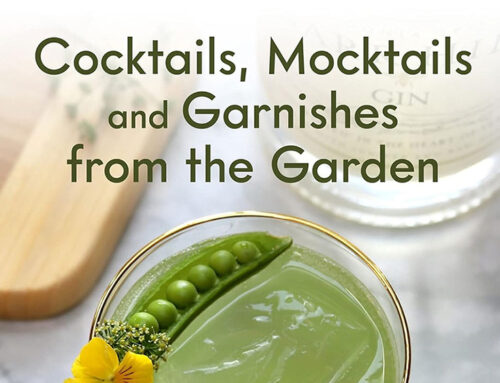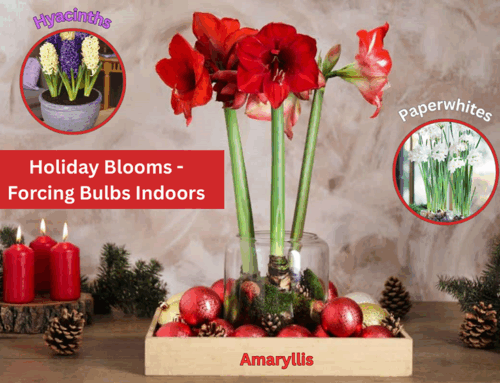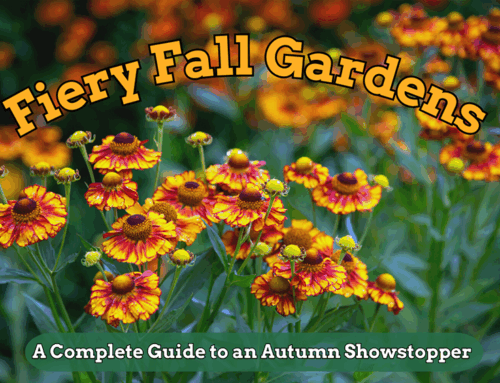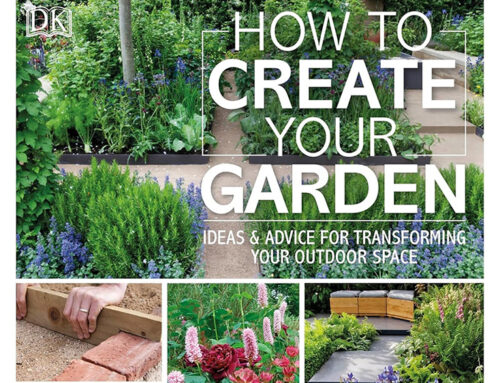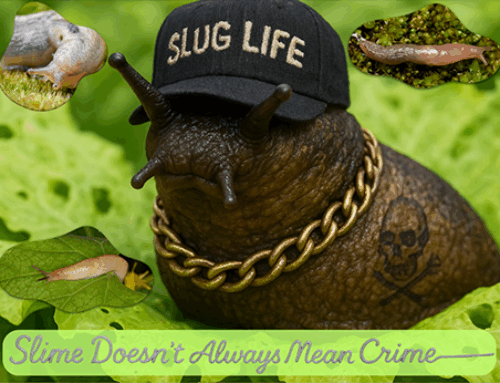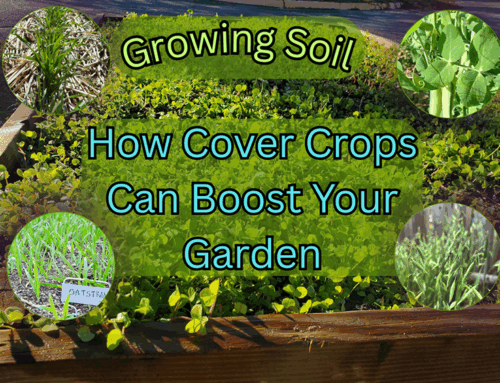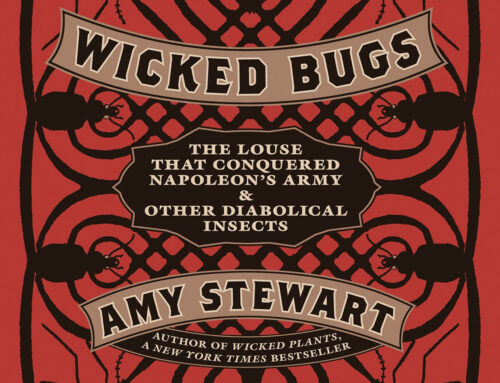Book Review: Gardening, Naturally: A Chemical-Free Handbook for the Prairies
Reviewed by Brett Kerley
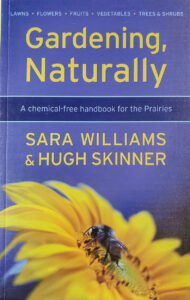 Williams, Sara & Skinner, Hugh. Gardening, Naturally: A Chemical-Free Handbook for the Prairies. Publisher: Coteau Books, 2011. ISBN-13 978-1-550550-449-1
Williams, Sara & Skinner, Hugh. Gardening, Naturally: A Chemical-Free Handbook for the Prairies. Publisher: Coteau Books, 2011. ISBN-13 978-1-550550-449-1
Gardening, Naturally is a practical, accessible, and regionally specific handbook for Prairie gardeners who wish to reduce or eliminate the use of chemical inputs in their gardens. With a strong focus on prevention, soil health, and natural interventions, the book is a valuable resource for gardeners striving to create sustainable landscapes in one of North America’s most challenging climates. I grew up in England where I could rip open a seed packet, throw them down anywhere and watch the plants grow; here on the prairies you actually have to do some work to make them grow. This book will definitely help you do that!
Content
The book is structured around practical, regionally relevant advice in several key areas:
- Lawns: Guidance on maintaining lawn health without chemicals, focusing on soil, mowing, and natural weed management.
- Vegetables & Fruits: Emphasis on crop rotation, companion planting, and cultural practices that support disease- and pest-resistance.
- Flowers: Advice on hardy, low-maintenance plants suited to the Prairies and planting for pollinator support.
- Trees and Shrubs: Species recommendations and maintenance tips with natural disease and pest controls.
Diagnostic charts help readers identify common issues and select from several control methods, starting with the least invasive and most environmentally sound.
Strengths of Gardening Naturally
- Region-Specific: One of the few books that truly address the unique conditions of Prairie and short-season gardening.
- Accessible Language: The tone is friendly and approachable, making it useful for both beginner and experienced gardeners.
- Prevention First: A strong focus on building resilient, healthy gardens rather than relying on reactive treatments.
- Useful Visual Tools: Clear pest and disease diagnostic charts help readers troubleshoot quickly.
Room for Improvement
While Gardening, Naturally is an excellent resource, there are areas where it could have been stronger:
- Expanded Organic Fertilizer Options: The book discusses compost and soil-building, but a deeper dive into natural fertilizers (such as worm castings, seaweed, fish emulsion, and homemade compost teas) would be valuable.
- Indoor & Container Gardening Section: Given the short Prairie growing season, more guidance on starting seeds indoors or extending the season through containers or cold frames would be beneficial.
- More Indigenous & Native Plant Focus: Although there’s discussion of hardy plants, the book could further emphasize the role of native plants in creating naturally resilient, low-input gardens.
About the Authors
Sara Williams
A well-respected horticulturist and garden writer, Williams spent over a decade as the horticultural specialist with the University of Saskatchewan Extension Division. We have had Sara come and do many talks in our Speaker Series over the years. Her books are Prairie garden essentials:
- Creating the Prairie Xeriscape (Fifth House, 2017)
- Perennials for the Prairies (University of Alberta Press, 2014)
- The Prairie Gardener’s Go-To for Pests and Diseases (co-authored with Bob Bors, Touchwood Editions, 2020)
Hugh Skinner
Skinner, also a Prairie gardening expert, has co-authored other books with Williams:
- Best Trees and Shrubs for the Prairies (Fifth House, 2010)
- Best Groundcovers and Vines for the Prairies (Fifth House, 2011)
Conclusion
Gardening, Naturally is a thoughtful, user-friendly handbook for Prairie gardeners who care about sustainability. Williams and Skinner succeed in delivering sound, chemical-free advice that applies across vegetable, flower, tree, and lawn care. Despite a few areas that could be updated or expanded—especially in terms of visuals and adaptation for climate shifts—this book remains an essential guide for anyone looking to garden in tune with nature on the Prairies. It pairs wonderfully with the authors’ other works like Creating the Prairie Xeriscape and Best Trees and Shrubs for the Prairies. Both Sara’s and Hugh’s books were part of the master gardener programs throughout the prairie provinces. I have many of them, and still use them as go-to references.


